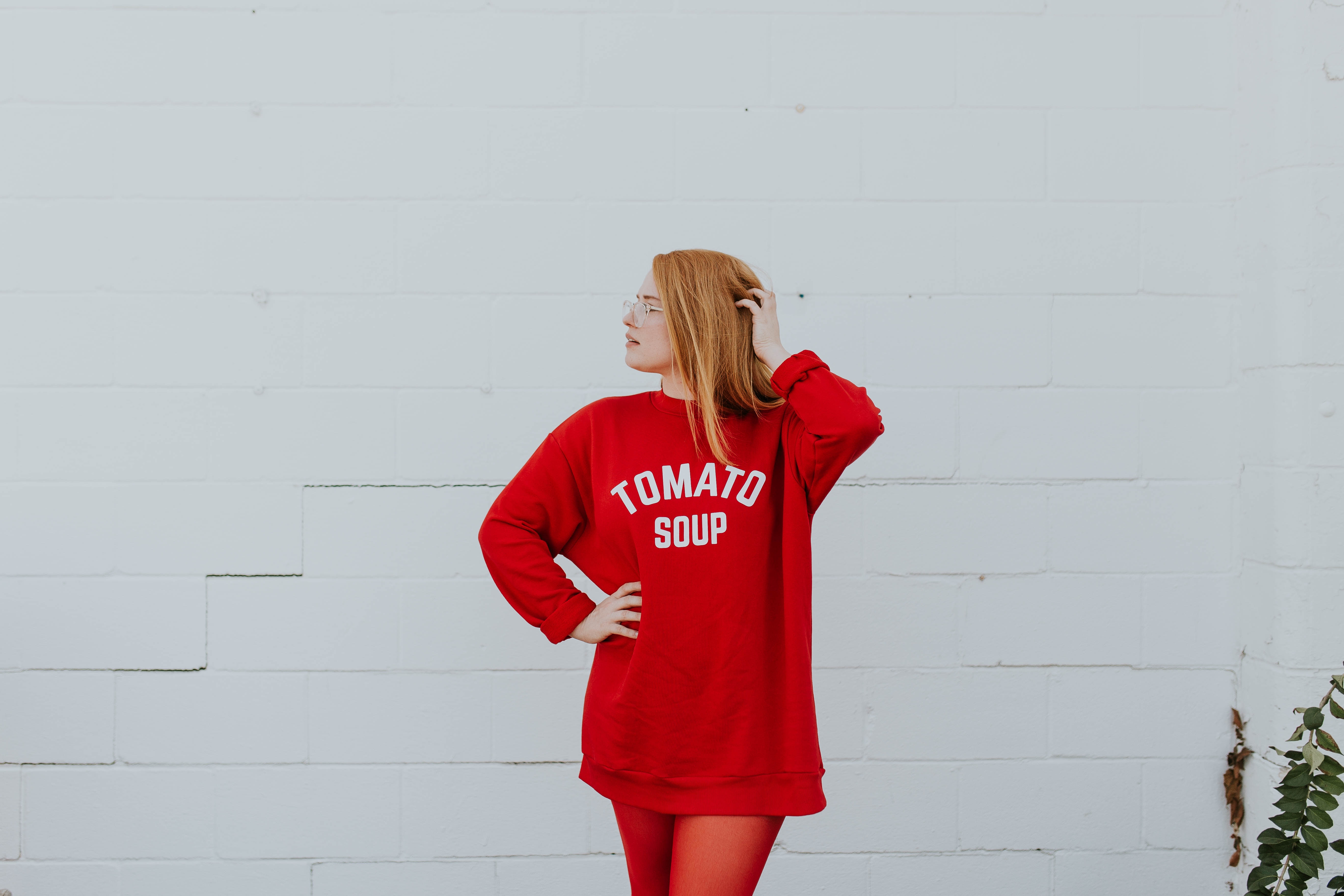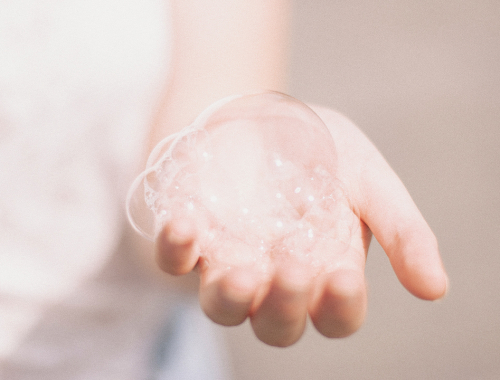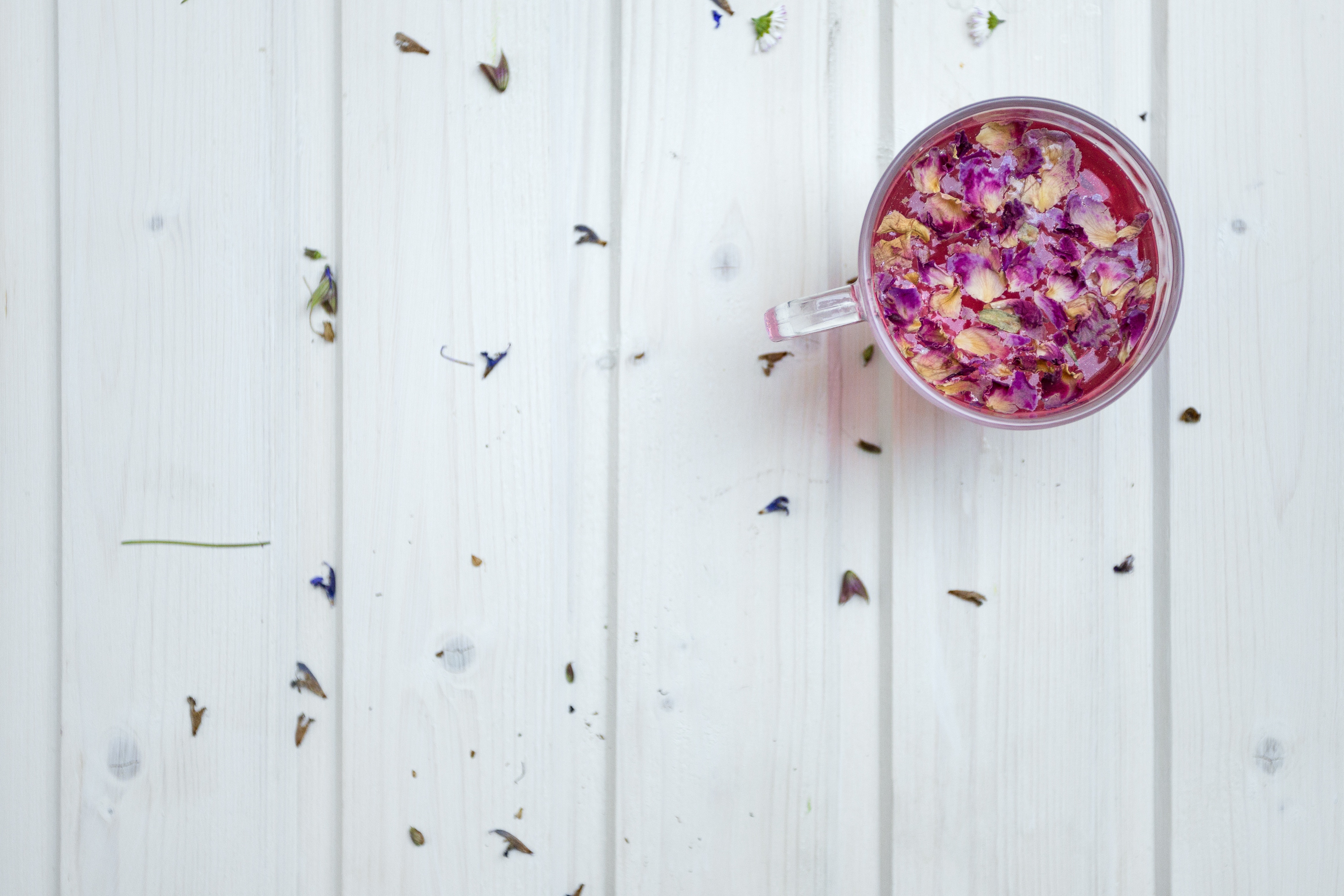This post is part of the Rosacea Theory Universe series.
Examples of Subtype 1
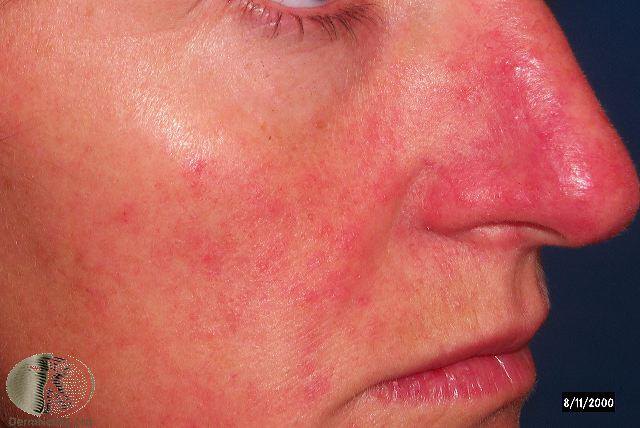
Mild redness and moderate spider veins
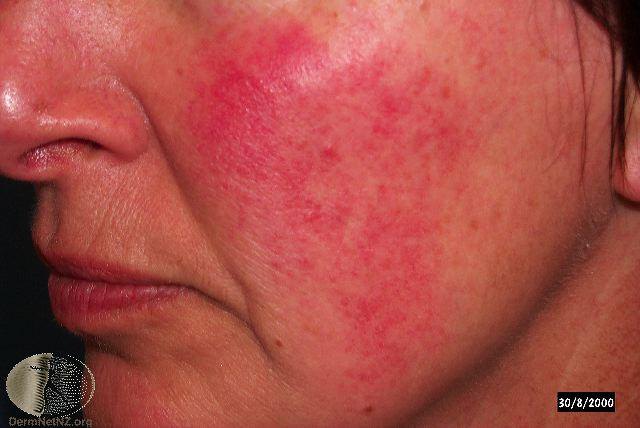
Moderate redness
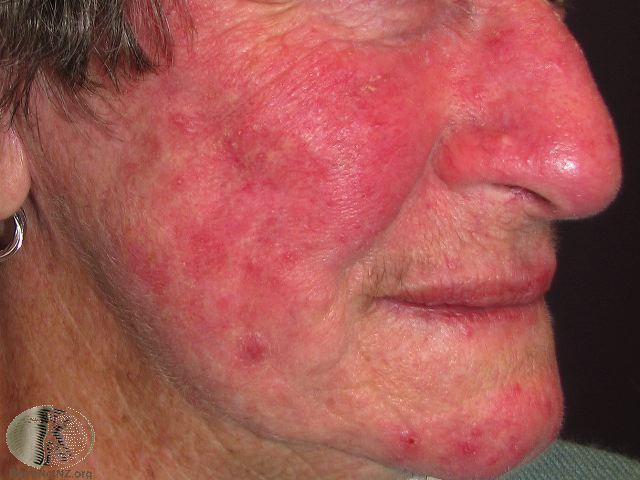
Severe redness
Zap the veins
Zapping the veins is often the last resort for red-faced rosaceans. The idea is simple: we don’t know what causes rosacea or how to mechanically stop the face from flushing, but we can reduce the number of veins. Fewer veins, less redness.
There are really only four ways to kill veins. Having been through each of these methods myself, I can tell you that vein treatment is the most expensive route. Results are surprisingly short-lived. You are bound to be disappointed in vein treatments unless you have around $10,000 for your initial courses and then $5,000 a year to spend on maintenance treatments.
IPL
Short for intense pulsed light, IPL treatments are also marketed as BBLs (Broadband Lights) or PhotoFacials. On the most basic level, IPLs shoot a large spectrum of light into the skin. Using the right settings, this is capable of destroying surface veins that contribute to visible redness. Diffuse redness, not visible individual veins, is best treated with IPL.
Most IPL practitioners use machines intended for anti-aging and skin tightening—not rosacea. Please avoid machines that have a RF (radiofrequency) component in the applicator. RF machines can cause fat loss in the face and are not suited for redness removal. My best IPL treatments have utilized the Sciton BBL and the 560 filter.
Laser
Lasers generally attack deeper vessels than IPL. If you have large and visible individual veins, then laser could potentially close off these veins and reduce excessive blood flow to the face. I have not personally had very satisfactory results with lasers because my visible veins are many but small. The most commonly sought after lasers for rosacea are Vbeam, KTP, and YAG.
Sclerotherapy
Sclerotherapy injects individual veins with a sclerosant liquid (e.g. hypertonic saline) which closes off the vein. I have had sclerotherapy performed on larger veins on my leg with varying degrees of success. Unfortunately my body seems to create veins almost as fast as I get rid of them, so sclerotherapy requires maintenance treatments every six months. I have not been able to find any physicians who perform sclerotherapy on the face although I have read it is possible.
Thermocoagulation (VeinWave)
A very fine needle is inserted into your skin and attempts to close off a vein using heat. VeinWave is used for very small and fine spider veins that are too small for sclerotherapy. I had high hopes for VeinWave but was ultimately disappointed. After multiple treatments on my face the same veins kept coming back about two weeks post-treatment.
Constrict the veins
When it is too difficult or expensive to zap the veins—or when the number of veins is not excessive but the veins are constantly dilated—then we can try to constrict the veins. Constricted veins do not show nearly as much redness as dilated veins.
Mirvaso (brimonidine cream)
Brimondine cream as it is used for rosacea is a peripheral alpha 2 agonist which acts as a vasoconstrictor1 on the veins to which it is applied.
I loved Mirvaso for the first couple of weeks—and then I got the dreaded rebound redness. After my first instance of rebound redness, it was like a switch had been flipped and Mirvaso never worked for me again. Fewer and fewer dermatologists are prescribing Mirvaso due to such commonly reported side effects.
Clonidine
To be honest, I don’t completely understand how clonidine works. Clonidine is also an alpha 2 agonist like brimonidine, except it is centrally acting so it has a vasodilating effect on the sympathetic system in the body. Exactly how this benefits rosacea I haven’t got a clue. There was one study done on clonidine for migraines that found facial flushing reduced as a side effect. A subsequent study2 tested clonidine for facial flushing and had some success.
I used clonidine at a dosage of 75mcg to 100mcg daily, split into thirds. Although it gave me some relief, it also made me extremely tired and I gained a whopping 30-40 pounds within 6 weeks. The weight gain didn’t seem to be slowing down, so I gave up on clonidine.
Butcher’s Broom
Butcher’s Broom is used most often to treat hypotension (low blood pressure) and the leg swelling and blood pooling that occurs in chronic venous insufficiency. Because of its vasoconstrictive and vein strengthening properties, it may help lesson rosacea.
Ruscus aculeatus is an alpha-adrenergic agonist that causes venous constriction by directly activating postjunctional alpha1- and alpha2-receptors, in turn stimulating the release of noradrenaline at the level of the vascular wall. It also possesses venotonic properties: it reduces venous capacity and pooling of blood in the legs and exerts protective effects on capillaries, the vascular endothelium, and smooth muscle3.
Licorice Root
Licorice root has been used for almost every ailment over the years. It is also a potent vasoconstrictor and may help overly dilated veins. The primary vasoconstricting ingredient is glycyrrhiza gabra. Some supplements and many licorice teas have had this ingredient removed and will do little for red skin.
Strengthen the veins
This theory postulates that weak veins contribute to constant vasodilation, flushing, and broken capillaries. Typically supplements that strengthen veins are used for chronic venous insufficiency, a condition in which blood pools and stagnates in the veins thereby stretching the vein walls. The same class of herbs are also used for hypertension (high blood pressure) because damaged vessels can increase blood pressure. Varicose veins also benefit from similar treatments. By strengthening the vein walls and decreasing blood pooling and leakage, we might be able to lessen the effects of subtype 1 rosacea.
Diosmin
A potent phlebotonic, disomin has been used to treat varicose veins, hemorrhoids, chronic venous insufficiency, and restless leg syndrome. In Europe it is has been prescribed for over thirty years for some of these conditions. Diosmin is often paired with hesperidin for complementary effects.
Although numerous pharmacological agents have been proposed and studied, [diosmin] has demonstrated the greatest clinical benefits in patients with venous disease4.
- Natural Balance Diosmin Tablets 500mg
- Naturtrition Hesperidin Disomin Capsules 500mg
- Swanson DiosVein Capsules 500mg
Grape Seed Extract
Grape seed extract contains oligomeric proanthocyanidins which have antioxidant and free radical scavenging properties. These reduce capillary permeability, decrease swelling, and reduce inflammation. Oligomeric proanthocyanidins are able to do this by blocking free radicals and subsequent oxidative damage. Grape seed extract was shown to have these effects in humans in a clinical chronic venous insufficiency trial5. A daily dose 100-400mg of grape seed extract with 90%+ polyphenols has been used in studies.
- Jazzee Naturals Grape Seed Extract Capsules 400mg(95% polyphenols)
- Purethentic Naturals Grape Seed Extract Capsules 300mg (95% polyphenols)
- Solgar Grape Seed Extract Capsules 100mg (90% polyphenols)
Horse Chestnut
Often recommended for varicose veins, horse chestnut increases the tone of the veins which prevents them from freely dilating. The active ingredient in horse chestnut is aescin which strengthens the vein wall6 and also enables veins to contract with more force7. The standard daily dose is 300-600mg of extract that provides 50-100mg of aescin.
- Puratin’s Pride Horse Chestnut Tablets 300mg (60mg aescin)
- Solaray Horse Chestnut Capsules 400mg (72mg aescin)
Pycnogenol (French maritime pine bark)
Pycnogenol is used for chronic venous insufficiency and contains oligomeric proanthocyanidins and bioflavonoids that may strengthein veins and capillaries. Capillary leakage, inflammation around the veins, and skin swelling were all reduced in a study using 100mg-300mg of pycnogenol standardized to 65%+ procyanidins8.
- Healthy Origins Pycnogenol Capsules 100mg (65%-75% procyanidins)
- Life Extension Pycnogenol Capsules 100mg (65% procyanidins)
- Viva Naturals Pycnogenol Capsules 100mg (70% procyanidins)
Combination Formulas
There are several combination formulas composed of multiple herbs thought to help improve veins. Generally I avoid using combination formulas because they are more expensive and it is difficult to tell which ingredient is most beneficial. However, if nothing else has worked, a combination product is worth a shot.
- BioSupport MD Vein Formula
- flavonoid blend, diosmin, hesperidin
- Jarrow Formulas Venous Optimizer
- diosmin, butcher’s broom extract, grape seed extract, horse chestnut extract, hesperidin
- Nature’s Way Leg Vein Support Blend
- horse chestnut extract, butcher’s broom root, vitamin c, cayenne pepper, dandelion leaf, prickly ash bark, grape seed extract
- Planetary Herbals Vein Strength
- horse chestnut extract, witch hazel bark, butcher’s broom root, dong quai root, gingko leaf extract
- Venastat
- horse chestnut extract, diosmin, vitamin c, butcher’s broom, cayenne pepper, dandelion leaf, prickly ash, grape seed extract
Suppress the Histamine
One of the many side effects of histamine and mast cell disorders is skin flushing. If your face flushes allover without the classic rosacea butterfly pattern, you may have a histamine dysfunction rather than rosacea. Another sign would be if you experience flushing on the neck, chest, and other parts of the body. A post on how to manage a histamine or mast cell disorder is forthcoming.
Lighten the Mood
Some doctors believe that facial flushing is a form of hyperactive blushing tied to our mental and emotional state. The most commonly prescribed treatment for this diagnosis is some form of antidepressant that alters the neurotransmitters in our brain.
Prescription
Mirtazapine (Remeron)
The most common prescription antidepressant prescribed off-label for rosacea flushing. Some people swear by this stuff as their ultimate rosacea cure. Mirtazapine is also prescribed as a sleep aid and can make you extremely drowsy if taken during the day. Severe and rapid weight gain is another reported side effect.
Paroxetine (Paxil)
One of the most commonly prescribed antidepressants in the world, some rosaceans have found relief for their flushing with paroxetine. Like most prescription antidepressants, it comes with a slew of potential side effects such as weight gain, sweating, and acne.
Herbal
Do not take herbals with prescription anti-depressants and do your research before combining one herb with another. Always consult a medical professional if you have any concerns regarding your mental or physical health.
SAM-e
One of the few herbal supplements shown to be as effective as traditional prescription antidepressants9, SAM-e provides a solid base to treat depression (and potentially hyperactive blushing). It seems to lack side effects common to prescription anti-depressants. SAM-e is a somewhat volatile substance and should only be purchased from a trusted manufacturer to guarantee bioavailability. Start at 200mg a day and slowly increase as needed (dosage typically does not exceed 1600mg a day).
5-HTP
Most prescription antidepressants prevent serotonin from being reabsorbed, but 5-HTP is actually converted into new serotonin and melatonin in the brain. Because some of it is converted to melatonin which is part of the sleep cycle, 5-HTP best taken at night. This supplement is also popular for weight loss because it reduces appetite.
St. John’s Wort
Because it lacks the side effects (such as weight gain and low libido) of many prescription anti-depressants10, St. John’s Wort has been used for years as an herbal mood lifter. However this supplement can increase your skin’s sensitivity to the sun, and should be used with care if you spend a lot of time outdoors. Make sure the supplement you buy contains at least 0.9 mg of hypericin per serving.
- Gaia Herbs St. John’s Wort Liquid Phyto-Capsules (2.7mg hypericin)
- Sundown Naturals St. John’s Wort Capsules (0.9 mg hypericin)

